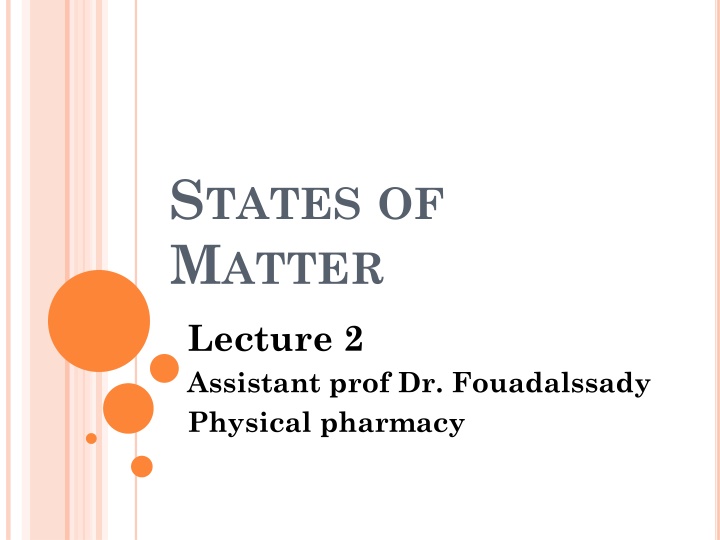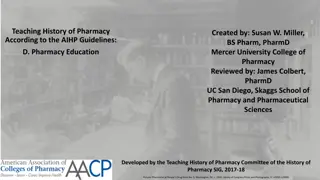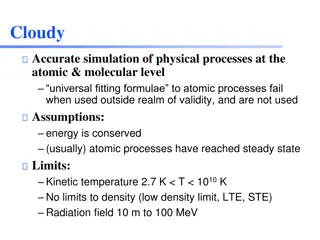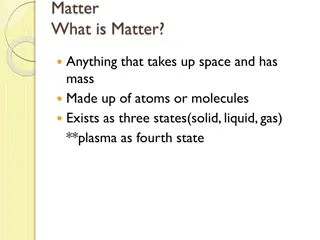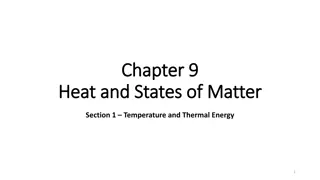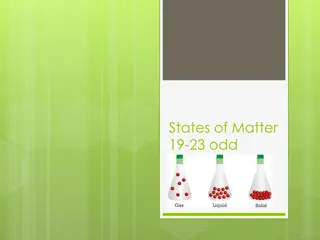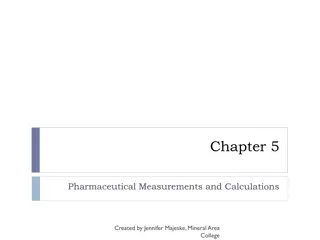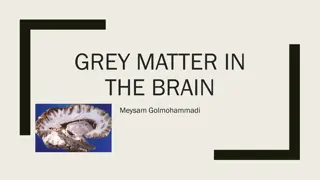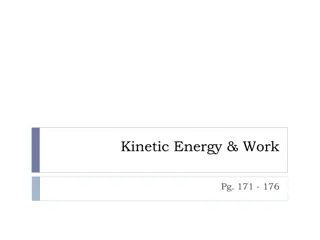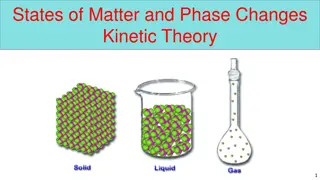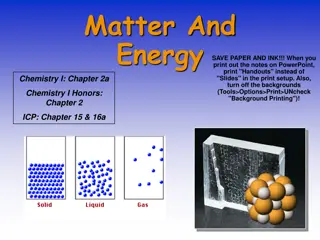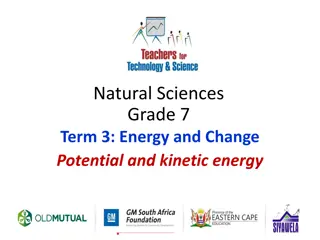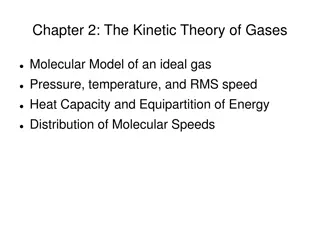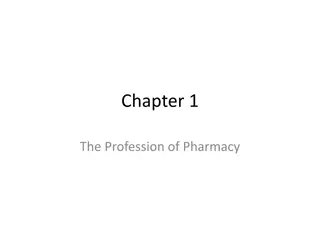Kinetic Molecular Theory and States of Matter in Physical Pharmacy
The lecture by Assistant Prof. Dr. Fouadalssady in physical pharmacy delves into the Kinetic Molecular Theory, elucidating how gases consist of particles in constant motion with negligible volume. It explains the relationship between kinetic energy, temperature, and the transition from gas to liquid states. Additionally, it touches upon critical temperatures and pressures in liquefying gases, showcasing the differences between water and helium in molecular forces.
Download Presentation

Please find below an Image/Link to download the presentation.
The content on the website is provided AS IS for your information and personal use only. It may not be sold, licensed, or shared on other websites without obtaining consent from the author.If you encounter any issues during the download, it is possible that the publisher has removed the file from their server.
You are allowed to download the files provided on this website for personal or commercial use, subject to the condition that they are used lawfully. All files are the property of their respective owners.
The content on the website is provided AS IS for your information and personal use only. It may not be sold, licensed, or shared on other websites without obtaining consent from the author.
E N D
Presentation Transcript
STATES OF MATTER Lecture 2 Assistant prof Dr. Fouadalssady Physical pharmacy
KINETIC MOLECULAR THEORY( DEVELOPED TO SUPPORT TO THE VALIDITY OF GAS LAW) Gases are composed of particles in constant random motion . Because the size of the gas particles is so small , and the distance separating them is so great, the volume occupied by the gas particles will be negligible when compared to the volume of their container. No appreciable intermolecular forces occur except during collisions. All collisions are perfectly elastic . Kinetic energy is conserved when gas particles collide among themselves, or with the walls of the container. 1. 2. 3. 4.
The average kinetic energy of gas particles is directly proportional to their absolute temperature. All gases at the same temperature have the same kinetic energy. 5.
THE LIQUID STATE Liquefaction of gases When gas is cooled , it loses some of its kinetic energy in the form of heat , and the velocity of the molecules decreases . If pressure is applied to the gas , the molecules are brought within the sphere of the vander waals interaction forces and pass into the liquid state . The transition from gas to a liquid and from a liquid to a solid depend not only on the temperature but also on the pressure.
If the temperature is elevated sufficiently , a value is reached above which it is impossible to liquefy a gas irrespective of the pressure applied .this temperature , above which a liquid no longer exist , is known temperature. The pressure required to liquefy a gas at its critical temperature is the critical pressure. The further the gas is cooled below its critical pressure, the less pressure is required to liquefy it. The critical temperature of water is 374 C or 647K ,and its critical pressure is 218 atm whereas for helium are 5.2 K and 2.26atm. as the critical
The critical temperature serves as a rough measure of the attractive molecules because at temperature above the critical value , the molecules possess sufficient kinetic energy so no amount of pressure can bring them within the range of attractive forces that cause the atoms or molecules to stick together. The high critical value of water results from the strong dipolar forces between molecule and particularly the hydrogen bonding that exist, conversely only london forces attracts helium molecules. forces between
Aerosols Gases can be liquefied under high pressures in a closed chamber as long as the chamber is maintained below the critical temperature. When the pressure is reduced, the molecules expand and the liquid reverts to a gas. This reversible change of state is the basic principle involved in pharmaceutical aerosols. the preparation of
In such products, a drug is dissolved or suspended in a propellant, a material that is liquid under the pressure conditions existing inside the container but that forms a gas under normal atmospheric conditions. The container is so designed that, by depressing a valve, some of the drug propellant mixture is expelled owing to the excess pressure inside the container. If the drug is nonvolatile, it forms a fine spray as it leaves the valve orifice; at the same time, vaporizes off. the liquid propellant
